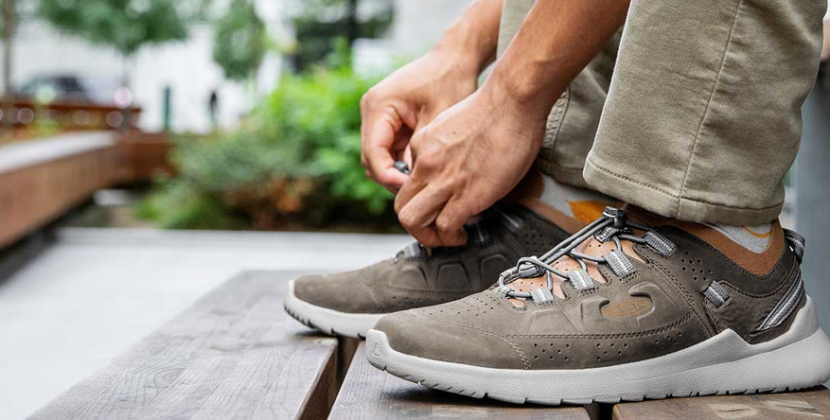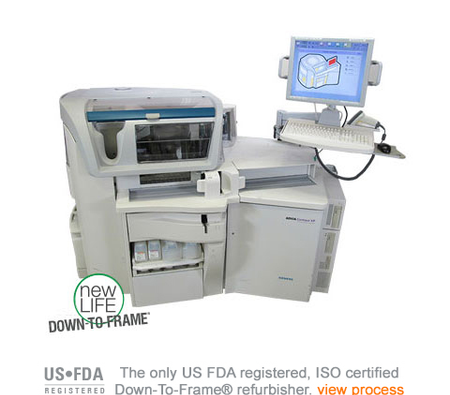
Introduction: In the fast-paced world of medicine, where diagnoses, treatments, and breakthroughs dominate the headlines, it is easy to overlook the human element that underlies every medical encounter. This article pays tribute to the silent teachers who impart profound lessons to healthcare professionals—the individuals who selflessly donate their bodies for medical education. By exploring the human side of medicine, we acknowledge the invaluable impact these silent teachers have on shaping compassionate and patient-centered care.
The Gift of Knowledge: The decision to donate one’s body for medical education is a selfless act that enables aspiring doctors and healthcare professionals to gain invaluable knowledge and expertise. Through the dissection and study of human cadavers, medical students learn the intricacies of the human body in a tangible and immersive manner. These silent teachers provide a unique opportunity for future healthcare providers to hone their skills, refine their understanding, and develop a deep respect for the human form.
Lessons in Empathy: Beyond the anatomical lessons, the silent teachers in anatomy labs impart something far more profound—lessons in empathy and compassion. As medical students meticulously explore each structure and system, they are reminded that behind every incision lies a life once lived. The silent teachers humanize the medical field, teaching future healthcare providers to approach each patient with empathy, understanding, and a recognition of their unique story.
A Connection Beyond Time: The bond formed between medical students and their silent teachers transcends the boundaries of time. Even as medical professionals progress in their careers, the memories and lessons learned from those initial encounters remain etched in their minds and hearts. The silent teachers continue to guide healthcare professionals, reminding them to never lose sight of the human element amidst the complexities of medical science.
Respecting the Gift: Respecting the gift bestowed by the silent teachers is paramount. Medical institutions and educators must maintain the highest standards of professionalism and ethical conduct. Stringent protocols are in place to ensure the dignified handling, storage, and disposal of donated bodies. Upholding these ethical standards not only honors the silent teachers but also upholds the integrity of medical education and research.
Commemorating the Legacy: It is essential to commemorate the legacy of the silent teachers who have played such a pivotal role in medical education. Annual ceremonies and events provide an opportunity for medical students, faculty, and families to come together and express gratitude for this ultimate act of generosity. These gatherings serve as a poignant reminder of the lasting impact the silent teachers have on shaping future healthcare providers.
Inspiring Change: The silent teachers inspire change not only in medical education but also in the wider healthcare system. By placing emphasis on the human side of medicine, these silent teachers urge healthcare professionals to view each patient as more than a medical case. They inspire a shift toward patient-centered care, where empathy, compassion, and respect form the foundation of every interaction.
The Importance of Sharing Stories: Sharing the stories of the silent teachers is crucial in raising awareness about the profound impact they have on medical education. Their stories highlight the humanity, resilience, and generosity that exist within the medical field. By shedding light on their contributions, we can inspire others to consider the selfless act of body donation and encourage a culture of gratitude and appreciation within the medical community.
Conclusion: The silent teachers who donate their bodies for medical education play an indispensable role in shaping the healthcare professionals of tomorrow. Beyond providing knowledge, they instill empathy, compassion, and a deep appreciation for the human side of medicine. Let us honor and pay tribute to these silent teachers, recognizing their lasting legacy and the vital role they play in fostering compassionate and patient-centered care.










